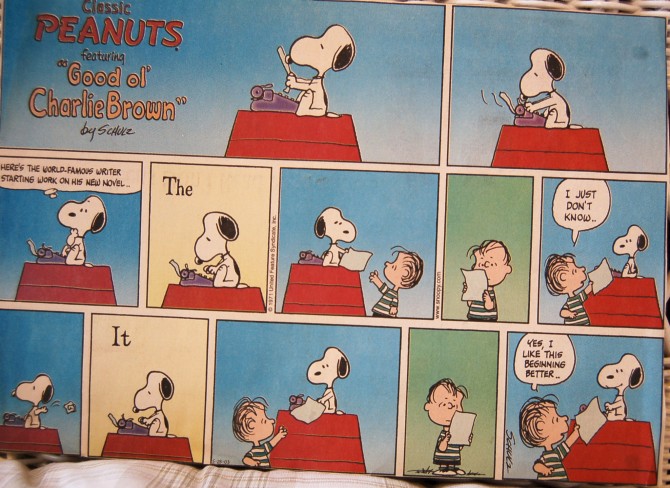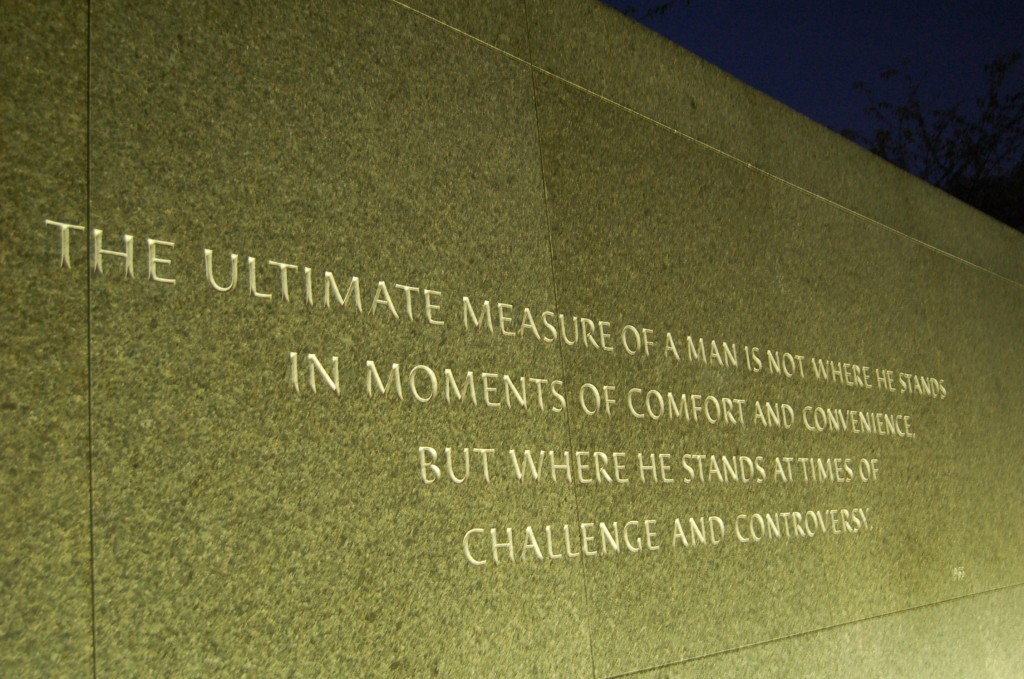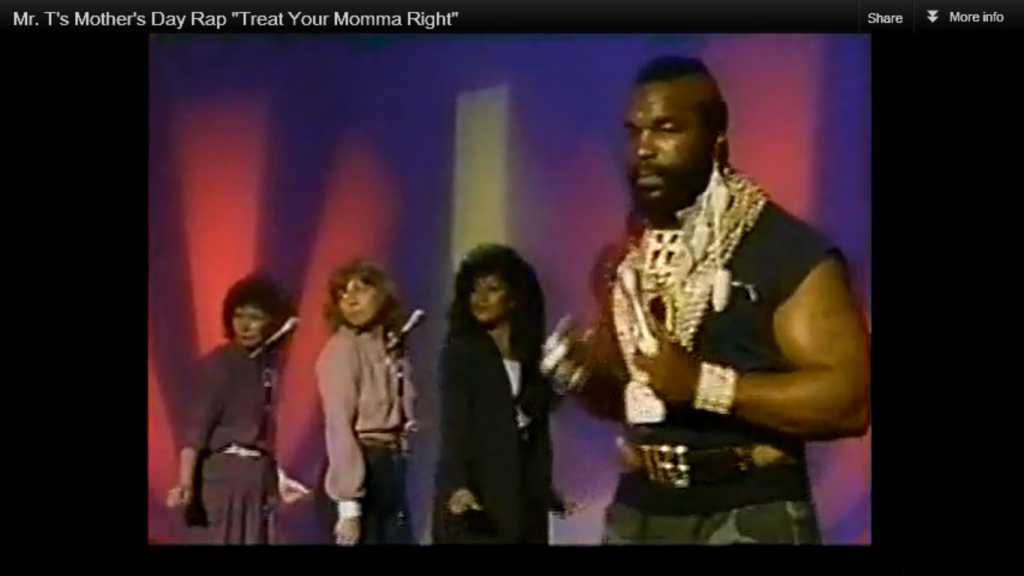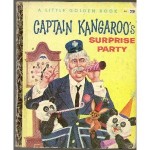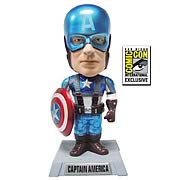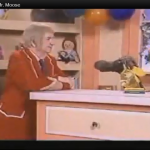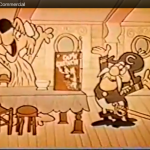
Linda Pratt of Wernick & Pratt Agency
I hugged the computer when I received the official email message that Linda Pratt, agent of Wernick & Pratt Agency, would review my children’s book manuscript at the 2012 MN SCBWI Conference. Her name had risen to the top of my Agents-I-Think-I-Could-Clique-With List even before she made the list of conference speakers. Lists like mine should probably give agents the willies. We unpublished writers keep files on agents — everything we can find on-line and in publications. Who do they represent? What books do they like? What movies? What do they find funny/inspiring/annoying? TP over or under — soft or strong? (Just in case they come to our house to sign the contract.)
Lo and behold, I found the most comprehensive information about Linda on their Wernick & Pratt Agency Q & A with Linda Pratt web page. Linda’s a woman of my own heart. She loves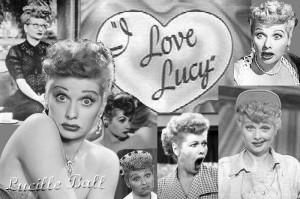 LUCY, CHOCOLAT, and
LUCY, CHOCOLAT, and 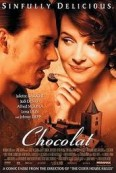 Anne Lamott’s BIRD BY BIRD.
Anne Lamott’s BIRD BY BIRD.  She represents fabulous illustrators and authors, like Denise Brunkus and Augusta Scattergood. And, Linda, too, thinks Mr. Darcy of PRIDE & PREJUDICE is — um — not bad.
She represents fabulous illustrators and authors, like Denise Brunkus and Augusta Scattergood. And, Linda, too, thinks Mr. Darcy of PRIDE & PREJUDICE is — um — not bad.
When we met for the critique, the petite powerhouse impressed me with her warmth. She inquired about a memoir project I’d mentioned during David Small‘s Q & A session and commiserated about my family’s trials. Seems Linda and I had some family skeletons in common. Then, when she advised how to develop readers’ empathy, I thought “Linda Pratt knows about empathy.”
During an effective critique, the writer is told what he/she should hear, not necessarily what he/she wants to hear. Linda gave me an effective critique. She said, “When I first began reading, I initially thought it was a young chapter book before I noticed the genre designation…” [This observation would be confirmed by Penguin/Dial Books editor, Heather Alexander, a week later at the Iowa SCBWI Conference (upcoming blog entry).]
The manuscript I’d submitted for review had too many characters, lots of dialog, and even a subplot. Not a picture book, as I’d designated. Linda corrected me with encouragement. I’d read about writers who didn’t thoroughly understand children’s book genres on Linda’s Q & A page, but I didn’t recognize myself. She states clearly: “…if it’s a novel for all ages, or it could be a middle grade or YA, or it’s a picture book for 5-8 year olds, these are signals that you’re not clear on the market for your book, and the work itself is likely ambiguous, as well.…”
Sure, I was disappointed at first that she didn’t jump up and down, gushing, “This is the best picture book since Where the Wild Things Are.” And, I did have that bad dream about another writer stealing my main character and my thunder while I revised.
The good news? During her conference presentation, Linda assured us fledgling writers not to give up. But, revise, revise, revise, before we submit, submit, submit. Linda initially rejected Augusta Scattergood’s Glory Be. Augusta revised it, an editor revised it again, and –badda bing, badda boom!
My manuscript review experience? Humbling?
Yes.
Humiliating?
No.
I’d jumped off the diving board prematurely, but without direction I could still be flailing in the wrong end of the pool.
Thanks, Linda! You’ll be hearing from me again — but not until I revise, revise, and revise. Then, when I think it’s perfect, I’ll revise some more.


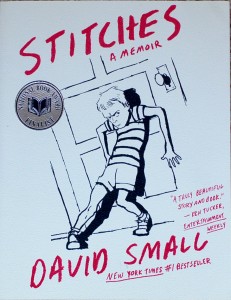

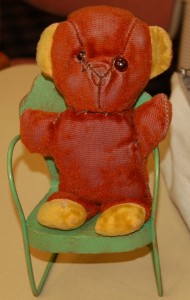
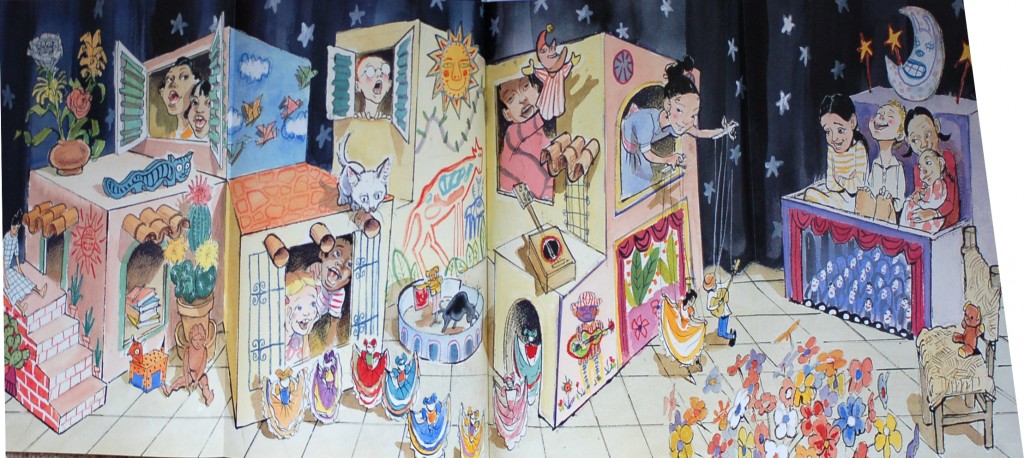

 To escape the paparazzi frenzy, the girls fled to nearest amusement park ride — the AG store escalator. As my daughter and the oldest descended, I climbed on the top step with the youngest. The middle granddaughter let go of my hand and stopped, causing a jam of escalator-goers behind her. I heard “I’m too scared” as her sister and I disappeared below.”You wait there!” The Superman theme played in my head as we hastily got in line to ascend.
To escape the paparazzi frenzy, the girls fled to nearest amusement park ride — the AG store escalator. As my daughter and the oldest descended, I climbed on the top step with the youngest. The middle granddaughter let go of my hand and stopped, causing a jam of escalator-goers behind her. I heard “I’m too scared” as her sister and I disappeared below.”You wait there!” The Superman theme played in my head as we hastily got in line to ascend.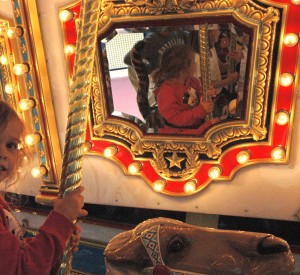
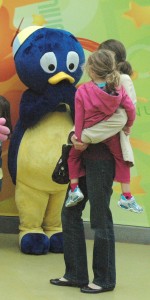

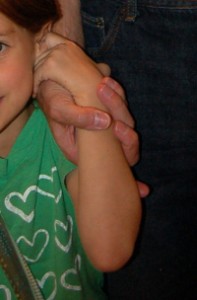 We chose Door #2.
We chose Door #2. Really, she hasn’t outgrown us. She’s simply distracted. Staying present amongst the diversions in our grandchildren’s lives will simply require more creativity. So, my husband and I formulated a strategic plan, incorporating a tradition of semi-annual Grandpa and Grandma “dates” when each of our grandchildren will be the center of our universe.
Really, she hasn’t outgrown us. She’s simply distracted. Staying present amongst the diversions in our grandchildren’s lives will simply require more creativity. So, my husband and I formulated a strategic plan, incorporating a tradition of semi-annual Grandpa and Grandma “dates” when each of our grandchildren will be the center of our universe.
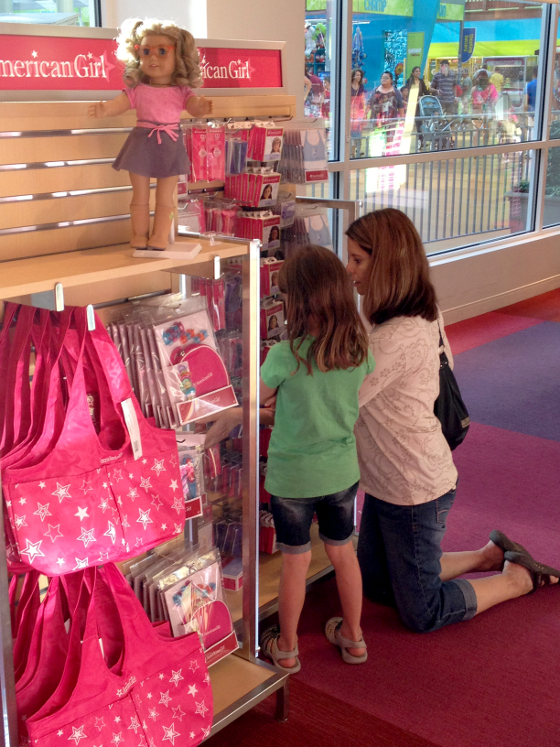
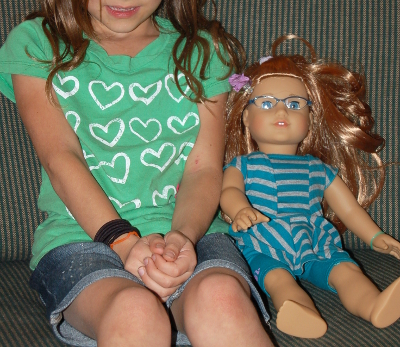 While we admired her admiring her bespectacled doll, Ms. Social whispered, “I love you, Grandma. I love you, Grandpa.” This led me to skip–even though Grandpa couldn’t swing me when I lifted my feet.
While we admired her admiring her bespectacled doll, Ms. Social whispered, “I love you, Grandma. I love you, Grandpa.” This led me to skip–even though Grandpa couldn’t swing me when I lifted my feet.